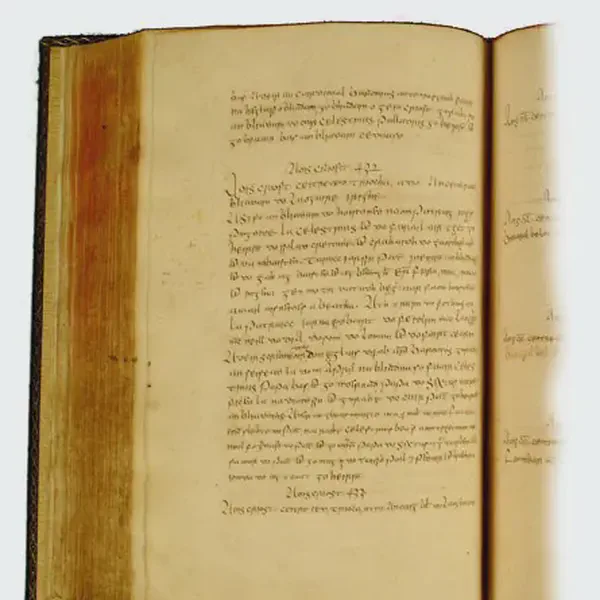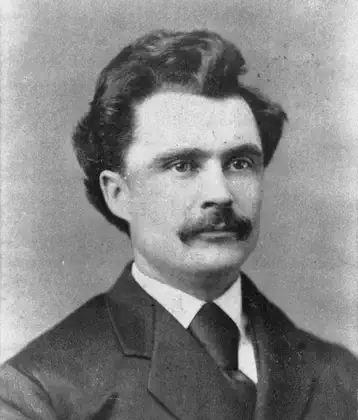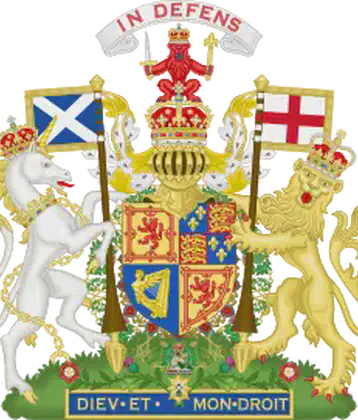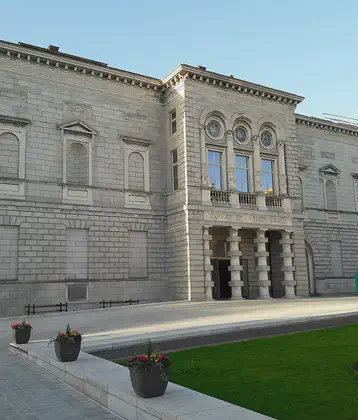On August 10, 1636 in Celtic History
The annals of the four masters is completed

The Annals of the Four Masters, one of the most significant works of Irish history, was completed in 1636. This monumental compilation of medieval Irish history is a chronicle of events in Ireland from ancient times up until the early 17th century.
Background
The Four Masters: The work was compiled by a group of Irish scholars under the patronage of Fergal O’Gara, the lord of Moygara in County Sligo. The principal compiler was Mícheál Ó Cléirigh, a Franciscan friar. He was assisted by three other scholars: Cú Choigcríche Ó Cléirigh, Peadar Ó Maoilchonaire, and Fearfeasa Ó Maol Chonaire. Together, they are traditionally referred to as the “Four Masters,” although others also contributed to the project.
Purpose and Content: The Annals of the Four Masters was created with the purpose of preserving the history of Ireland, especially in light of the tumultuous changes brought by the English conquest and the decline of the Gaelic order. The Annals cover a vast period, documenting the history of Ireland from the legendary times up to the year 1616. The entries include a wide range of events, such as battles, deaths of kings and saints, natural disasters, and other significant occurrences.
Completion and Significance
Completion in 1636: The work was completed in 1636 at the Franciscan friary in Donegal. It is written in the Irish language and represents one of the last major works of Gaelic Ireland before the complete subjugation of the country under English rule.
Manuscripts and Editions: The original manuscripts of the Annals were carefully preserved, and various copies were made. The most famous edition was published in the 19th century by John O’Donovan, who translated the Annals into English and provided extensive notes and commentary. This edition remains a key source for the study of Irish history.
Impact and Legacy
Historical Importance: The Annals of the Four Masters is considered one of the most important sources for Irish history. It provides a comprehensive record of Ireland’s past, particularly from a Gaelic and Catholic perspective. The work has been invaluable to historians, linguists, and scholars of Irish culture.
Cultural Legacy: The Annals symbolize the resilience of Irish culture and the dedication of its scholars to preserving their heritage, even in the face of immense political and social upheaval. The work is also a testament to the scholarly traditions of Gaelic Ireland and continues to be studied and respected today.
The completion of the Annals of the Four Masters in 1636 marked the end of an era in Irish historiography and has left an enduring legacy in the study of Ireland’s rich and complex history.
More From This Day





Education (Scotland) Act passed, providing elementary education for all children.
August 10, 1872






